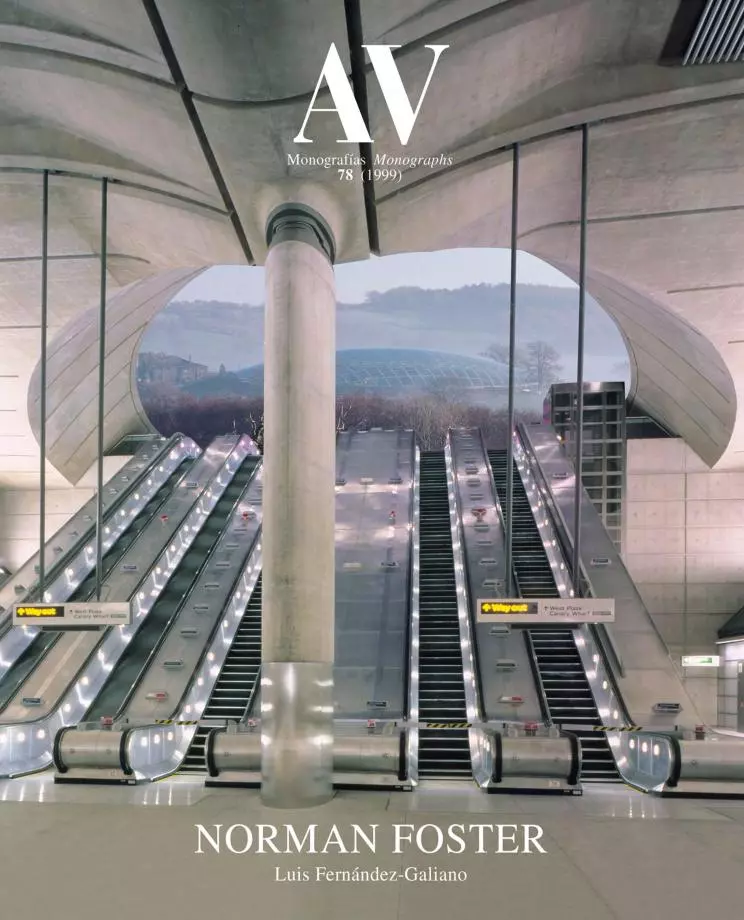The Learning Curve: a Room for all Seasons

After finishing Hong Kong in 1986, the second half of the eighties was a busy period for Foster Associates. The development of Stansted, Nîmes and Sackler coincided with a new bunch of commissions for commercial offices and large scale urban plans fuelled by the economic euphoria of the times, as well as several landmark public buildings both in Britain and abroad. Not all were carried out with the same inventiveness and originality by Norman Foster, who also had to face the illness of his wife and partner, Wendy, that led to her untimely death in 1989. Most of the office buildings – including the one designed for the premises of the practice by the Thames – were carried out with competent elegance, developing either the umbrella concept, the integrated glass box, the atrium or a combination of any two of them, and they showed well the ability of Foster’s team to comply with the demanding budgets and schedules of developers while maintaining architectural quality; but none of these projects broke truly new ground. The same can be said of the urban design schemes, which again offered suitable solutions to difficult problems, but also without really extending the limits of the field; Foster’s talent as an urban designer would be most evident when dealing with scales closer to the object than to the territory, as in Nîmes and again in Bilbao’s underground. In this period, Foster’s best projects would be the most simple and radical, almost conceptual in their abridged expression, and always gestural in their rotund form: the thin concrete cockpit shell of the Air Museum, the scalpel cut Crescent Wing of the Sainsbury Centre, the curved triangles in the slender needle of the Collserola Tower and the transparent round protruding canopies of Bilbao’s metro were all designed in 1987-1988 with the transparent lightness and confident curves of an organic ease also shown by projects of those years like the hanging roof of the pool in the Century Tower or the glass prows and sails of Duisburg. This crop of soft mellow curves, curves of learning or curves of wisdom, would mark an inflexion in Foster’s work, which would soon start to shed the rigid discipline of silent boxes that his rooms for all seasons were menacing to become. In 1990 Willis Faber was listed and Norman Foster was knighted; with the new name of Sir Norman Foster and Partners, the practice moved to the offices built at 22 Hester Road as the more distinguished and powerful firm of Great Britain: the nineties would prove its mettle...[+]





